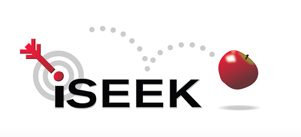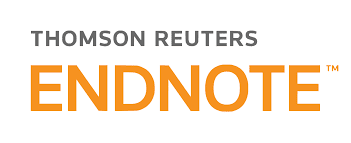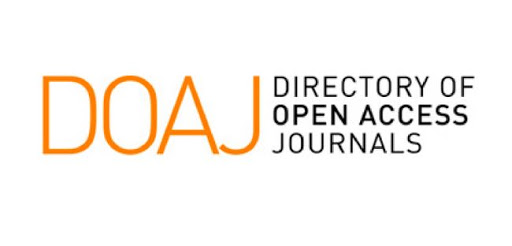Paper ID : SMJ0611245811672 | View : 10

Abstract : ABSTRACT Purpose: The objective of this study was to use the ABO-DI to assess the pre-treatment case complexity of the orthodontic clinic program of the Suez Canal University. Methods and material: The sample included 120 unidentified pretreatment casts and cephalometric and panoramic radiographic records that were selected and collected from the orthodontic clinic program of the Suez Canal University. The DI scores were categorized into three degrees of DI complexity, low, moderate, or high complexity according to the total DI score. Results: No significant associations were found of DI with gender. Patients with ABO-DI low score was (31.6%), moderate score was (36.6%), while (31.6%) of the total sample had a severe ABO-DI score. Angle classifications showed a significant positive correlation with malocclusion complexity, As the classes increase from I to III, the malocclusion complexity increases. Conclusions: The DI was a relatively reliable index for measuring malocclusion severity. All the registrars had most of their cases in the moderate category. The cephalometric parameter was the highest effect on DI score, and the lowest score was for lateral openbite.










